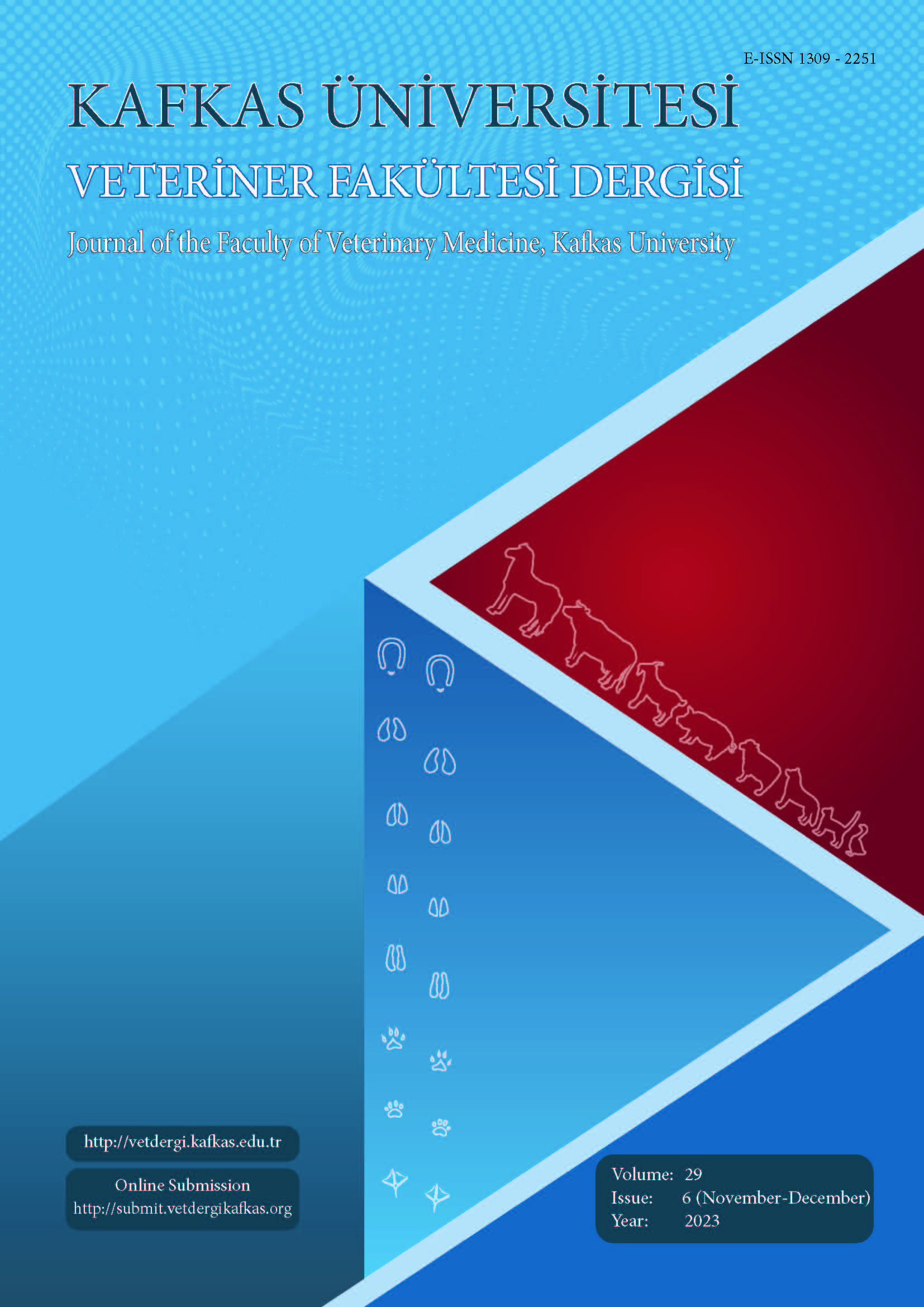Kafkas Üniversitesi Veteriner Fakültesi Dergisi
2023 , Vol 29 , Sayı 6
Distribution, Infection, Diagnosis, and Control of Avibacterium paragallinarum in Poultry
1School of Veterinary Medicine, Shiraz University, Shiraz, IRAN2Poultry Diseases Department, Faculty of Veterinary Medicine, Cairo University, Giza, EGYPT DOI : 10.9775/kvfd.2023.30320 Avibacterium paragallinarum is widely distributed all over the world in poultry farms. The purpose of this review was to describe IC disease in chickens caused by A. paragallinarum in terms of incidence, pathogenicity, diagnosis, and management. The disease is characterized by upper respiratory affection that is represented by conjunctivitis, sinusitis, facial and wattle edema, growth retardation, a marked drop in egg production, and a high morbidity rate. Complications with other bacterial and viral infections and environmental stressors increase the severity of the clinical signs, lesions, and mortality rate. For serological evaluation of the bacterium, there were two schemes. Page scheme classified the bacterium into serovars A, B, and C, whereas Kume scheme divided it into serogroups I, II, and III. Page serovars were further classified and associated with the Kume serogroup. There are 9 A. paragallinarum serovars of Kume scheme represented as A-1, A-2, A-3, A-4, B-1, C-1, C-2, C-3, and C-4. Laboratory diagnosis of A. paragallinarum is based on conventional methods of isolation and identification as well as serotyping and molecular detection. Strict biosecurity measures are important for the prevention of such infections. However, inactivated polyvalent bacterins are widely used to prevent the possibility of infection. The lack of crossprotection among serovars is the major challenge in the vaccination program. Anahtar Kelimeler : Clinical signs, Incidence, Infectious coryza, Treatment, Vaccination











